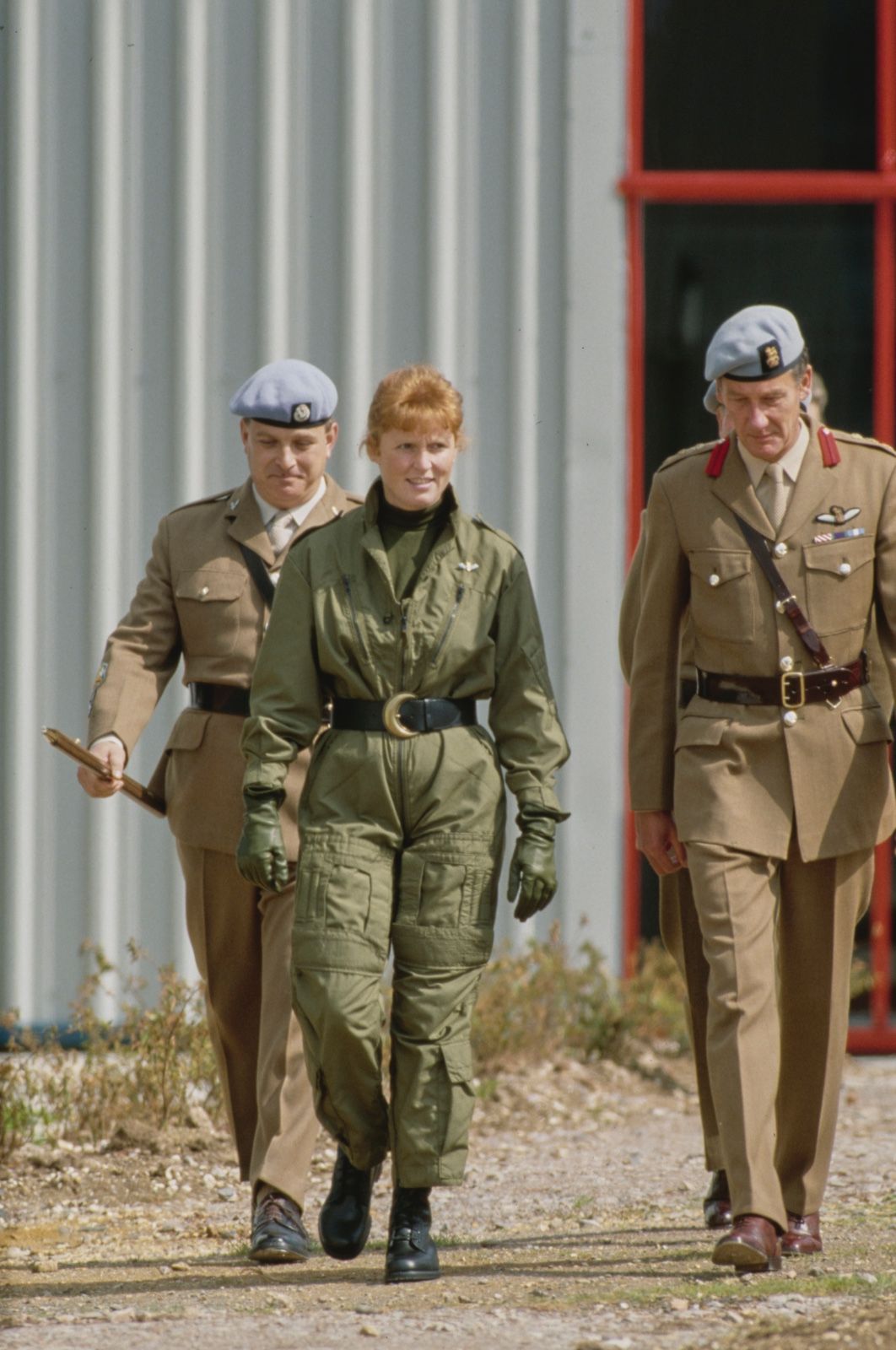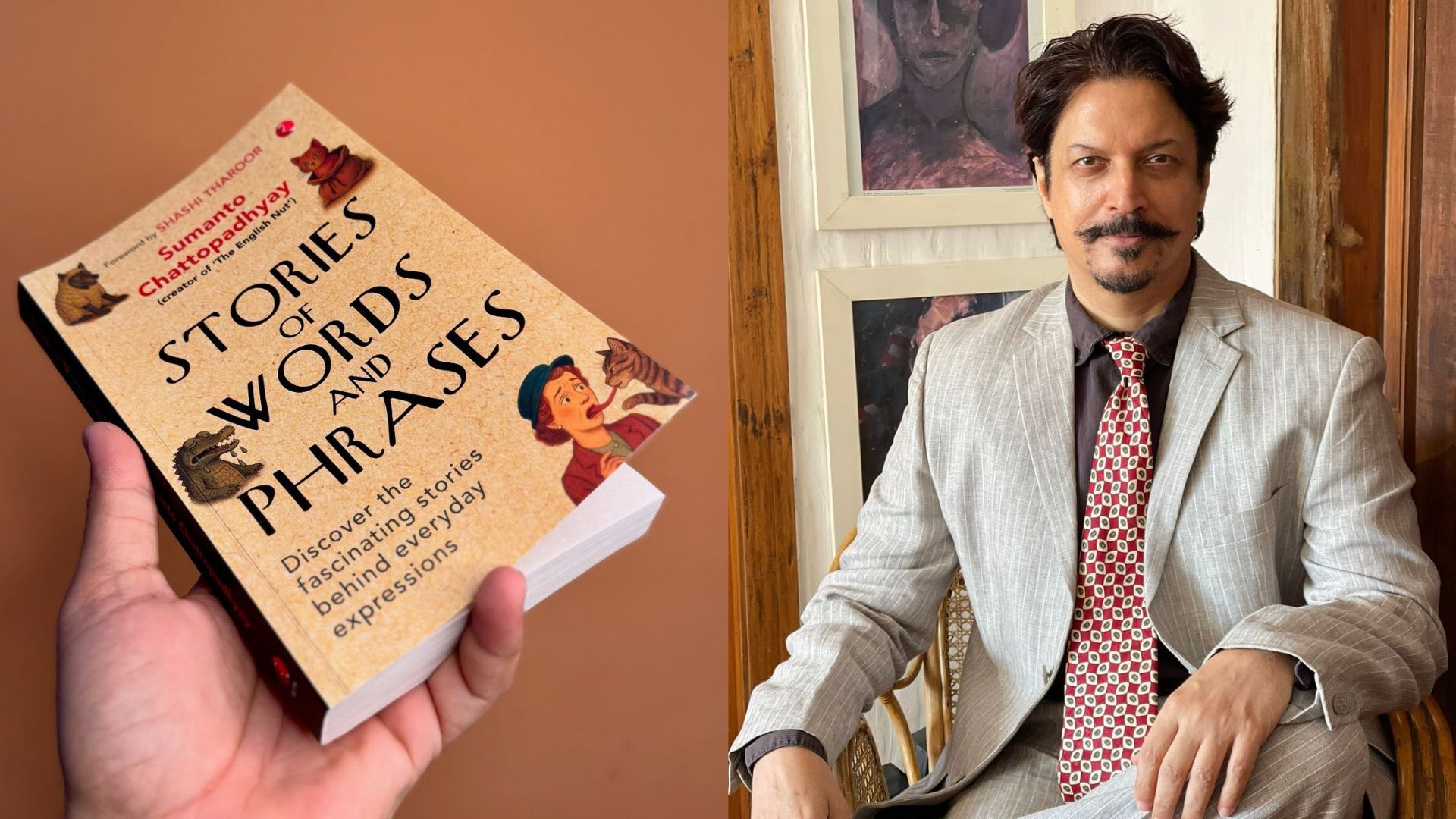The excerpt below provides the back story of not just the two commonly used English words, but also the products themselves.
Indigo

Indigo is one of the oldest dyes on Earth. It was probably invented during the bronze age in the Indus Valley Civilization (3300–1300 BCE). I remember studying about this civilization in history class and feeling proud that ‘our’ civilization was so rich and ancient. One of the oldest in the world and certainly the largest known, its estimated population was 5,000,000 people. When one of its cities, Rojdi (in modern-day Gujarat), was excavated, archaeologists found seeds belonging to the Indigofera plant family, from which indigo dye is made. Remnants of cloth dyed blue from 1750 BCE were found in another centre of this civilization, Mohenjo-daro, located in modern-day Larkana, in Sindh, Pakistan. It is believed that the blue stripes on Egyptian linen mummy cloths were also dyed with indigo.
Fifty or more varieties of Indigofera grow in India. Indigofera tinctoria is the kind most popularly used to produce indigo. For centuries, these plants have been processed into small cakes of pigment and exported. Indigo reached Europe through the traditional trade route known as the Silk Road. It was bought by the ancient Greeks and Romans (300 BCE–400 CE) as a luxury item.
The Greeks named the dye indikon, meaning ‘from India’. This passed into Latin as indicum or indico and came into English as ‘indigo’ through the old Portuguese word endego.
Roman naturalist Pliny the Elder recorded the fact that indigo came to Europe from India in his encyclopaedia Naturalis Historia. Europeans believed that indigo was of mineral origin till the late thirteenth century, when Marco Polo observed during his travels in the East that it was extracted from plants.
Because of its compact form, durability and high price, indigo was a valuable trade item and came to be known as ‘blue gold’. When Vasco da Gama discovered a sea route between Europe and India, it became easier for Europeans to import indigo. Until then, a similar dye made from the woad plant was common in Europe. But with larger amounts of indigo being produced in India and exported by ship, its price fell, and it became the most commonly used dye in Europe by the end of the seventeenth century.
Inspired by the dye, the name indigo has been given to a deep, rich colour close to the primary colour blue. It is interesting to note that this colour is not exactly the same as the colour that one would obtain from the dye. In his work in the field of optics, English physicist Isaac Newton (1642–1727) described indigo as one of the seven basic colours. In his famous experiments, he produced a band of rainbow colours on the wall by allowing sunlight to pass through a prism. While he acknowledged that the band of colours contained ‘an indefinite variety of intermediate gradations’, he divided it into seven basic colours—red, yellow, green, blue, violet-purple, orange and indigo.
British planters had a monopoly over indigo cultivation in eighteenth- and nineteenth-century India. They forced farmers to grow indigo instead of food crops and then sell it to them at unprofitable rates so as to maximize their profits. Decades of cruel conditions provoked the Indigo Rebellion of Bengal in 1859–60. In this largely peaceful revolt, the farmers refused to grow indigo and were brutally suppressed by the British. Dinabandhu Mitra’s play Nil Darpan vividly described the plight of the farmers. The Bengali intelligentsia and European missionaries backed the revolt. Reverend James Long translated the play into English under the title The Mirror of Indigo. The planters, the villains in the play, sued him and the missionary had to pay a fine of `1,000, a large sum in that day, and spend a month in jail.
Adolf von Baeyer, a German chemist, produced synthetic indigo in 1897. This was easier and cheaper to manufacture and quickly superseded natural indigo. Baeyer won the Nobel Prize in Chemistry in 1905 for his work on dyes, including indigo. While 19,000 tonnes of natural indigo were produced till the advent of the synthetic version, its production rapidly dwindled to about 1,000 tonnes by 1914. The ubiquity of synthetic indigo-dyed yarn, on the other hand, is evidenced by the so-called blue jeans that most of us have in our closet.
Environmental concerns have led to a renewed interest in natural indigo today. The manufacture of synthetic indigo dye from petrochemicals produces hazardous wastes. While natural indigo is more expensive than the synthetic variety, we should keep in mind that the price we pay for this dye named after India protects the life of our planet and the livelihood of our farmers.
Khakhi
The British Army’s scarlet tunic may have looked smart, but it was not suited to India’s torrid climate. The optional white uniform was also not ideal in India’s heat and dust. And both colours were easy to spot by the enemy.
Which is why, in 1846, when Lieutenant Harry Lumsden was given the job of forming the Corps of Guides, a new regiment of infantry and cavalry soldiers, he decided to come up with a more practical uniform.
Lumsden was based in the northwestern part of British India. To come up with a suitable uniform, he experimented with loose-fitting cotton garments based on the local men’s attire. He had them dyed a muddy tan colour that hid the dirt and helped the soldiers be less conspicuous on the dusty battlefields.
And thus, khaki was born.
The word ‘khaki’ comes from the Persian and Urdu word khak, meaning ‘dust’ or ‘soil’. Khaki literally means ‘dust’ or ‘earth-coloured’. And so, cloth dyed in this colour came to be known as khaki to the Indian soldiers. And the British picked up the term from them.
Initially, the khaki uniforms were scoffed at. British soldiers from other regiments nicknamed the Corps of Guides ‘mudlarks’ because of the muddy colour of their uniforms. But it did not take long for British officers to realize the practicality of this colour, and it was adopted by other regiments as well—especially during the Sepoy Mutiny of 1857.

The khaki colour was achieved at first by dunking the fabric in mud. Lumsden and his soldiers may also have experimented with a local dye made from the Mazari palm as well as with soaking the fabric in tea, coffee, curry powder or tobacco juice to achieve the khaki colour.
But with the rise of the textile industry, a synthetic khaki dye was developed. It was registered in England in 1884. But soon the British found it cheaper to import khaki dye from Germany, and by the time World War I happened, the British found themselves in the embarrassing situation of importing most of the khaki dye for their soldiers’ uniforms from the enemy country.
Khaki spread around the world with the British Army. In fact, during the Anglo-Boer War in South Africa from 1899 to 1902, British troops were referred to as ‘khakis’ because of the colour of their uniform. The term ‘khaki election’ also came into being at that time. A khaki election is an election that is influenced by wartime or post-war sentiment. The British general election in the year 1900 was one such. It was heavily influenced by the Anglo-Boer War.
Khaki spread from the British Army to the American military, and eventually spread to civilian populations in both countries. Khaki clothing could be found in shops in England in the early 1900s. The heroic connotations of the colour appealed to Victorian gentlemen. And in America, after World War I, especially in the era of the Great Depression, khaki became the standard civilian work clothing.
When khaki was adopted by the British Army as their continental service dress, they introduced a darker shade with a green hue. This colour too is accepted as khaki.
While khaki cloth was all cotton at first, it was later also made with wool or a combination of cotton and wool, and eventually with blends of synthetic fibres. It was made in various weaves such as serge.
Khaki became synonymous with the police force in India and continues to be so. The word has entered popular culture as well, finding its way into the titles of Bollywood movies and web series.
Khaki gained in popularity around the world, particularly in the US, as it became associated not just with soldiers but also with explorers, adventurers and other famous men of the twentieth century. Here are some of the famous Americans who wore ‘khakis’, as khaki trousers started being called: Aviator Charles Lindbergh, who made the first non-stop flight from New York to Paris, the first-ever solo transatlantic flight, wore them. World-famous American authors Ernest Hemingway and Jack Kerouac did as well. President John F. Kennedy was fond of his khakis. Actors John Wayne and James Dean wore the fabled pants. The fondness for khakis was not restricted just to the men of the silver screen; Katharine Hepburn too was a big fan of them. These famous wearers gave khakis an irresistible aura and by the 1950s, they became standard clothing for young Americans. And, in the 1980s, the Dockers brand launched its iconic khaki pants as a more comfortable option for office wear—leading to the phenomenon of Casual Fridays, a more relaxed approach to dressing for work.
Khaki had undergone quite an image change since India introduced it to the world. What came to be considered fashionable started out as a fabric that was thought to be practical but ugly, even by its supporters. A correspondent for The Times of India wrote in 1861, ‘Although khakee is hideous in its appearance I have not the slightest doubt it has contributed to save the lives of many brave men who would otherwise have fallen victim to the severity of the climate.’ In 1883, the same paper quoted a regimental newspaper to say that having to wear khaki, ‘an expensive, ill-wearing material, which makes [the wearer] ashamed of himself’, is the second biggest reason—the first being low pay—that British soldiers did not like serving in India.
And to think that today khaki trousers are to be found in the closet of almost every fashionable man—and many fashionable women—around the world!
Excerpted with permission from Rupa Publications India.






